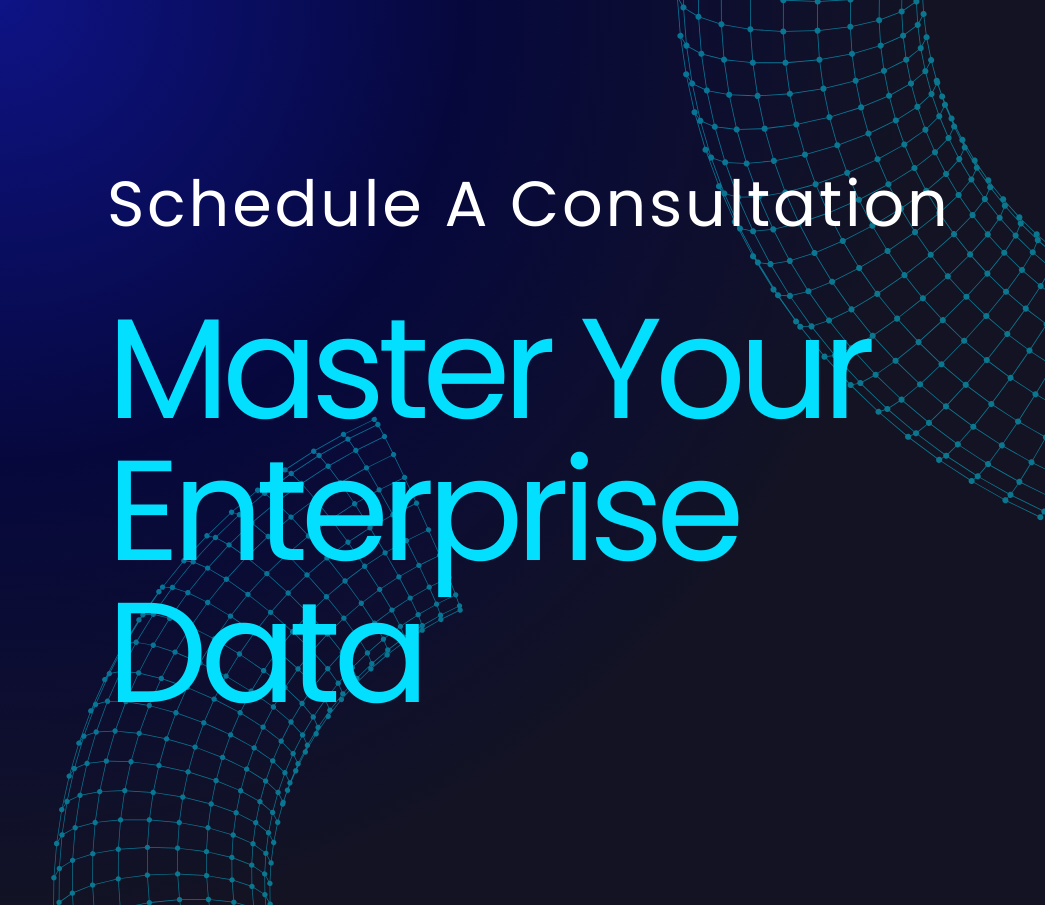In the rapidly evolving landscape of enterprise IT security, the concept of multi-vendor evaluation has emerged as a critical strategy for organizations seeking comprehensive protection against increasingly sophisticated cyber threats. Gone are the days when a single security solution could adequately safeguard an organization’s digital assets. Today’s complex threat environment demands a more nuanced and diversified approach.
According to a recent study by Gartner, organizations implementing multi-vendor security strategies experience 35% fewer security incidents compared to those relying on a single vendor. This statistic alone underscores the importance of adopting a multi-faceted security posture. However, the benefits of multi-vendor evaluation extend far beyond mere incident reduction.
By leveraging the strengths of multiple security vendors, organizations can create a dynamic and adaptive security ecosystem that is greater than the sum of its parts. This approach allows for the integration of best-of-breed solutions for specific security functions, resulting in a more robust and flexible defense against evolving threats.
Yet, multi-vendor evaluation is not without its challenges. It requires a deep understanding of various security technologies, their interoperability, and how they fit into the broader enterprise architecture. The key lies in orchestrating these diverse elements into a harmonious and effective security strategy.
This article dives into the intricacies of multi-vendor evaluation in enterprise IT security, exploring its benefits, challenges, and best practices. We’ll examine how organizations can navigate the complex landscape of security vendors to create a resilient, adaptive, and comprehensive security posture that evolves as quickly as the threats it faces.
Overview
- Multi-vendor security strategies are becoming essential for comprehensive protection against evolving cyber threats, with organizations implementing such approaches experiencing significantly fewer security incidents.
- Effective integration of multiple security solutions requires careful planning, clear communication, and ongoing optimization to create a cohesive security ecosystem that leverages the strengths of each vendor.
- Risk assessment in a multi-vendor environment must consider both individual tool performance and overall security posture, focusing on avoiding gaps and overlaps in coverage while implementing a defense-in-depth strategy.
- Performance optimization across multiple vendors involves automation, data normalization, and thoughtful resource allocation to ensure responsive and efficient security operations.
- Managing vendor relationships is crucial for success in a multi-vendor environment, requiring clear communication channels, collaborative approaches, and strategies to avoid vendor lock-in.
- The future of multi-vendor security will be shaped by emerging technologies such as AI, distributed computing, and quantum computing, necessitating flexible and innovative approaches to security architecture.


















